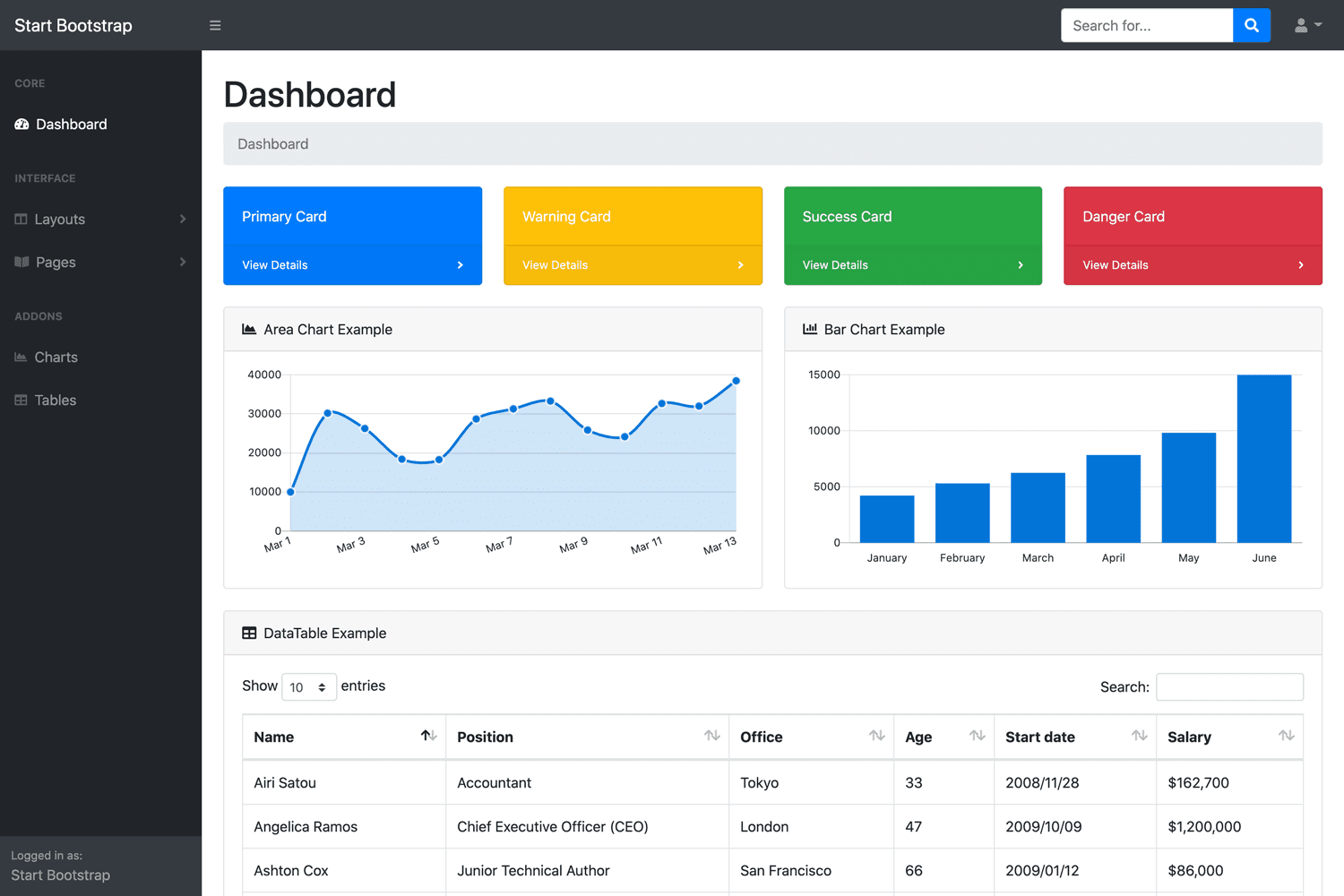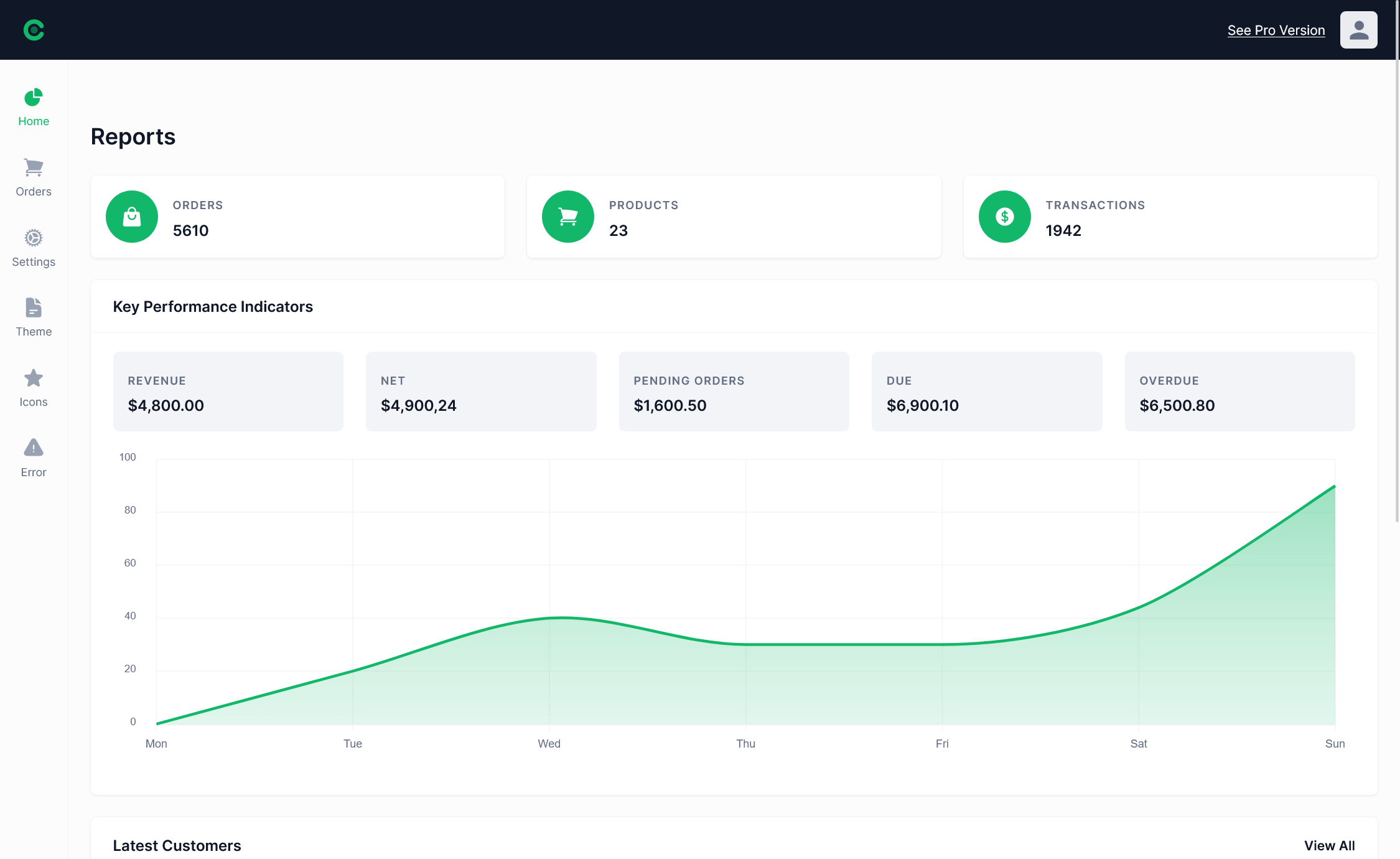Entity Framework Code First vs Database First vs Model First Approach
By Tan Lee Published on Dec 19, 2024 646
It highlights various methods that developers can choose from, depending on their project needs. These approaches are intended to help streamline the integration of Entity Framework for data access in C# applications.

Entity Framework Code First
The Entity Framework Code First approach is the most popular method for implementing Entity Framework in .NET C# applications. In this approach, developers define database entities in code first, rather than directly working with a database. Entity Framework then generates the database and tables based on these entity classes.
There are no manual changes to the database as all modifications are handled through code. Developers make changes to the application code and use the update-database command to migrate those changes to the database. Data annotation attributes are available to define foreign keys, constraints, indexes, and more in the C# code.
Since the database is always created or updated from the code, mismatches between the code and database (like column types, table names, etc.) are minimized. Additionally, as the database is managed from C# code, there is no need for a database administrator. This approach is typically used for new, non-database-centric applications being developed for the first time, rather than for migrating existing applications.
Entity Framework Database First
The "Database First" approach was commonly used before Entity Framework, where the database is designed first, and the application is then developed to interact with it. This approach is typically used when there is an existing database, and you want to build a new application around it, such as when migrating legacy applications to newer technologies.
In this approach, Entity Framework generates C# database entities based on the existing database design, including tables, columns, foreign keys, and constraints. Manual changes to the database are made using scripts, while Entity Framework helps update the model from the database.
Commands can be run multiple times to reflect the latest database changes in the application code. However, it is not recommended to modify the code generated by Entity Framework, as any manual changes will be overwritten the next time the model is updated to reflect changes in the database.
Entity Framework Model First
In the "Model First" approach, you create the model first using the Entity Framework designer. This model is defined in an EDMX file (.edmx), which represents the database entities. The EDMX file can be used to generate the database schema and auto-generate C# classes for interacting with the database.
How to choose right approach?
Entity Framework Code First:
If you're starting a new application without an existing database and want your Entity Framework Core entities to be the main source of the application, the "Code First" or "Migrations" approach is recommended. This approach allows you to update the database whenever changes are made to the classes in the code.
It provides full control over the code, with no autogenerated code that's difficult to modify or maintain. In this approach, the database is not the primary focus but serves as a storage solution to support the application.
Database First:
If you're working on a migration project with an existing production database or a database-centric application, the "Database First" approach (or reverse engineering) is recommended. This approach allows you to make manual changes to the database and use Entity Framework commands to update the classes in your application from the database.
It provides full control over the database and is ideal when the database is critical and contains the business logic of your application.
- How to undo the changes in Entity Framework
- Object Services Layer in Entity Framework
- Improving Entity Framework performance
- How to use LINQ to Entities Queries in Entity Framework
- How to use Lazy loading and Earger loading in Entity Framework
- How to Turn off lazy loading for all entities in Entity Framework
- How to use Generic Repository Multiple Includes in C#





